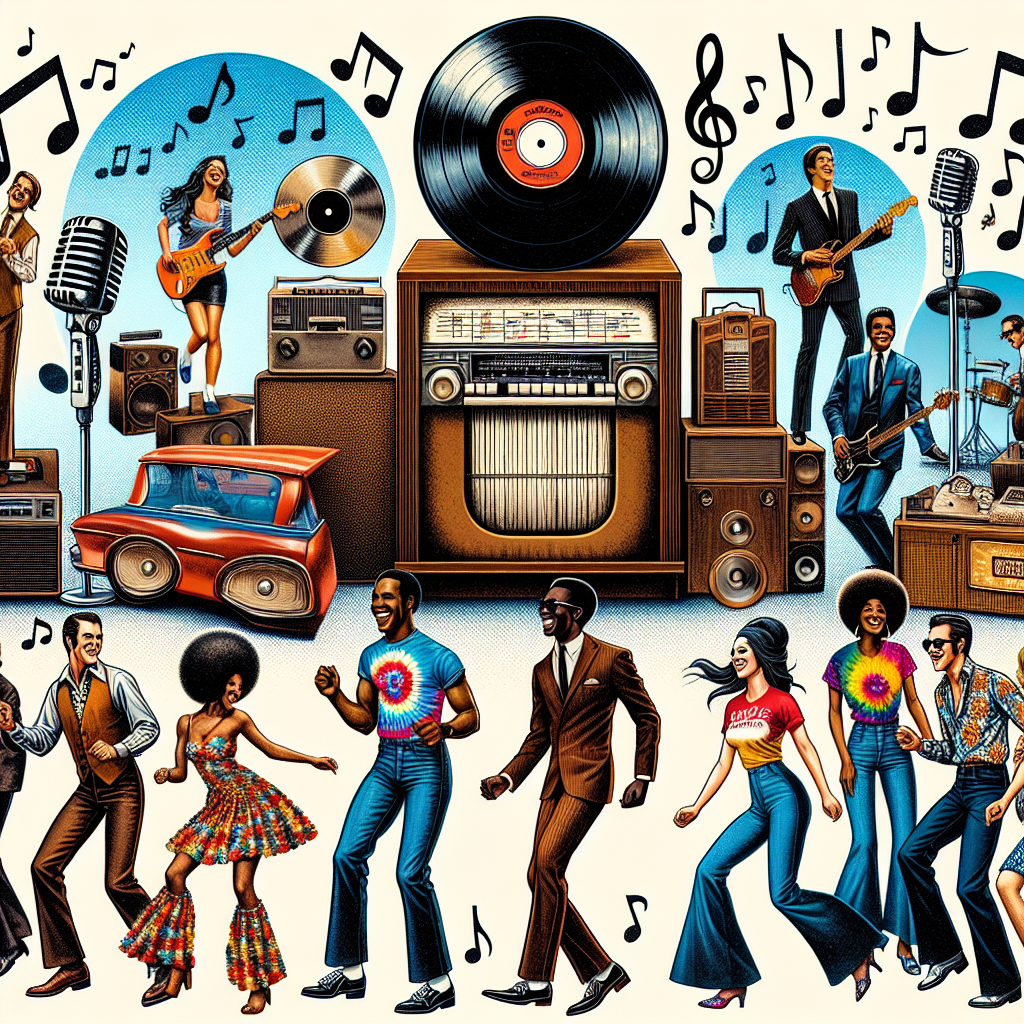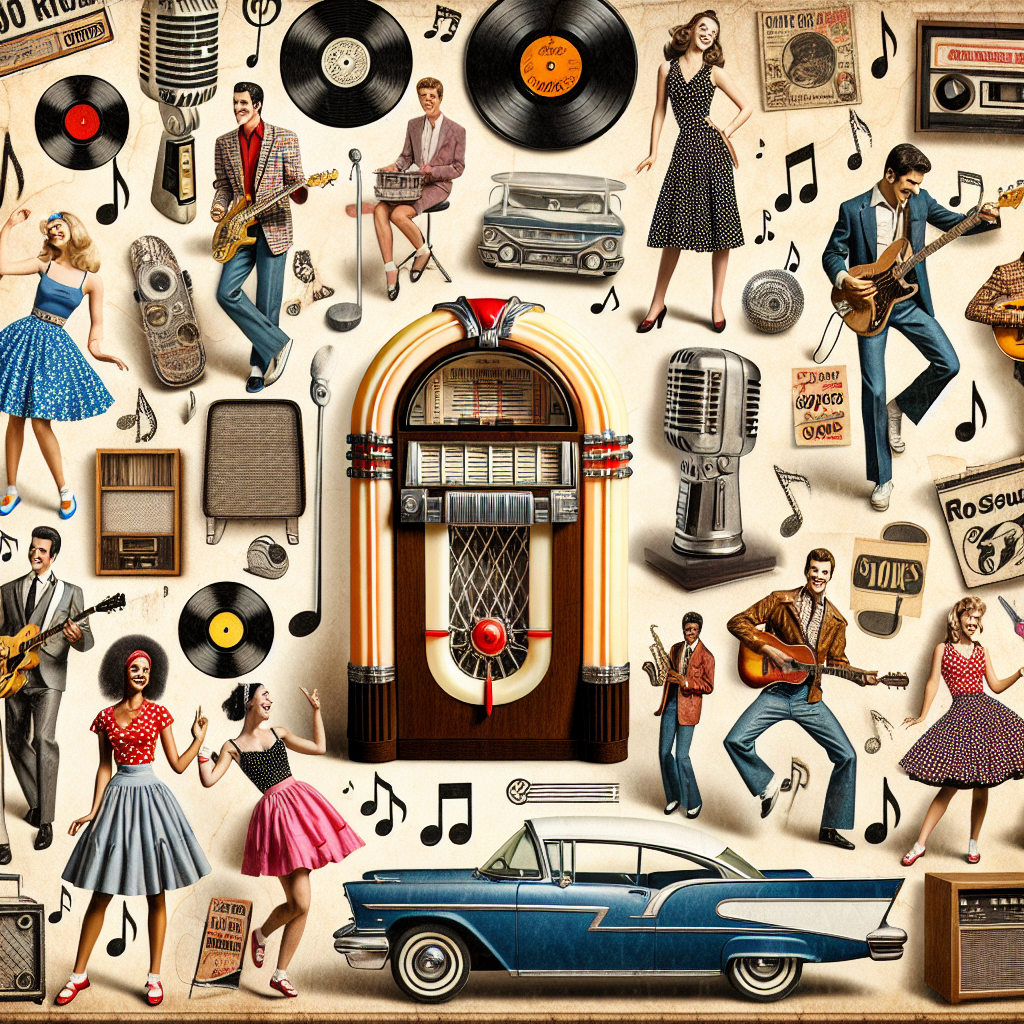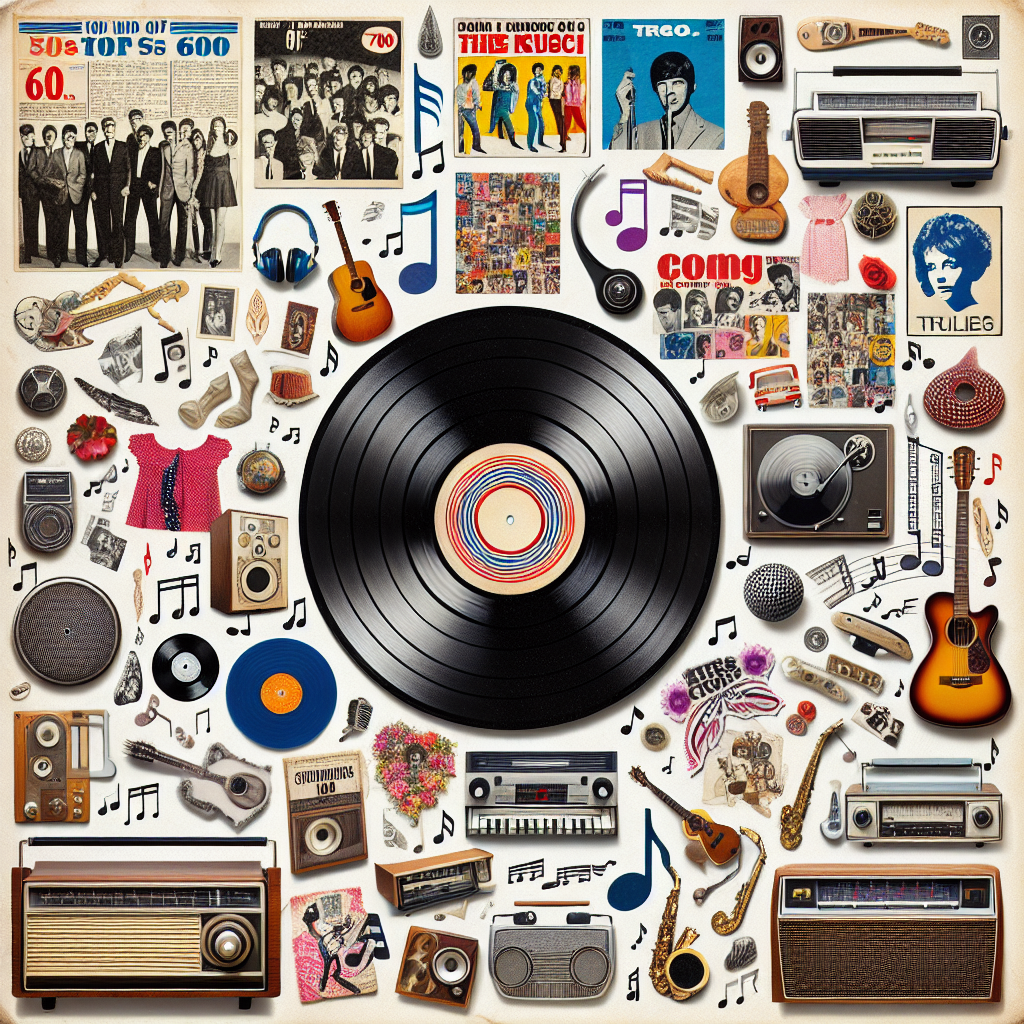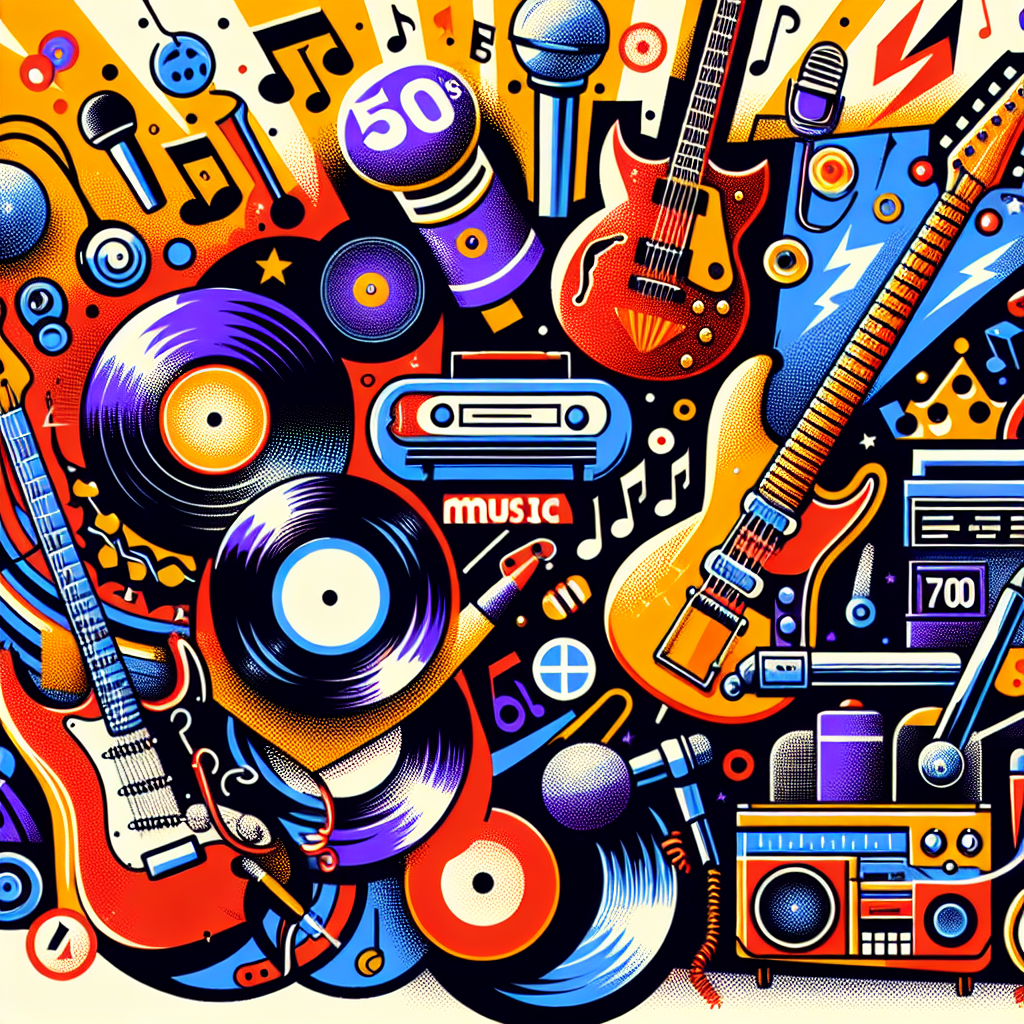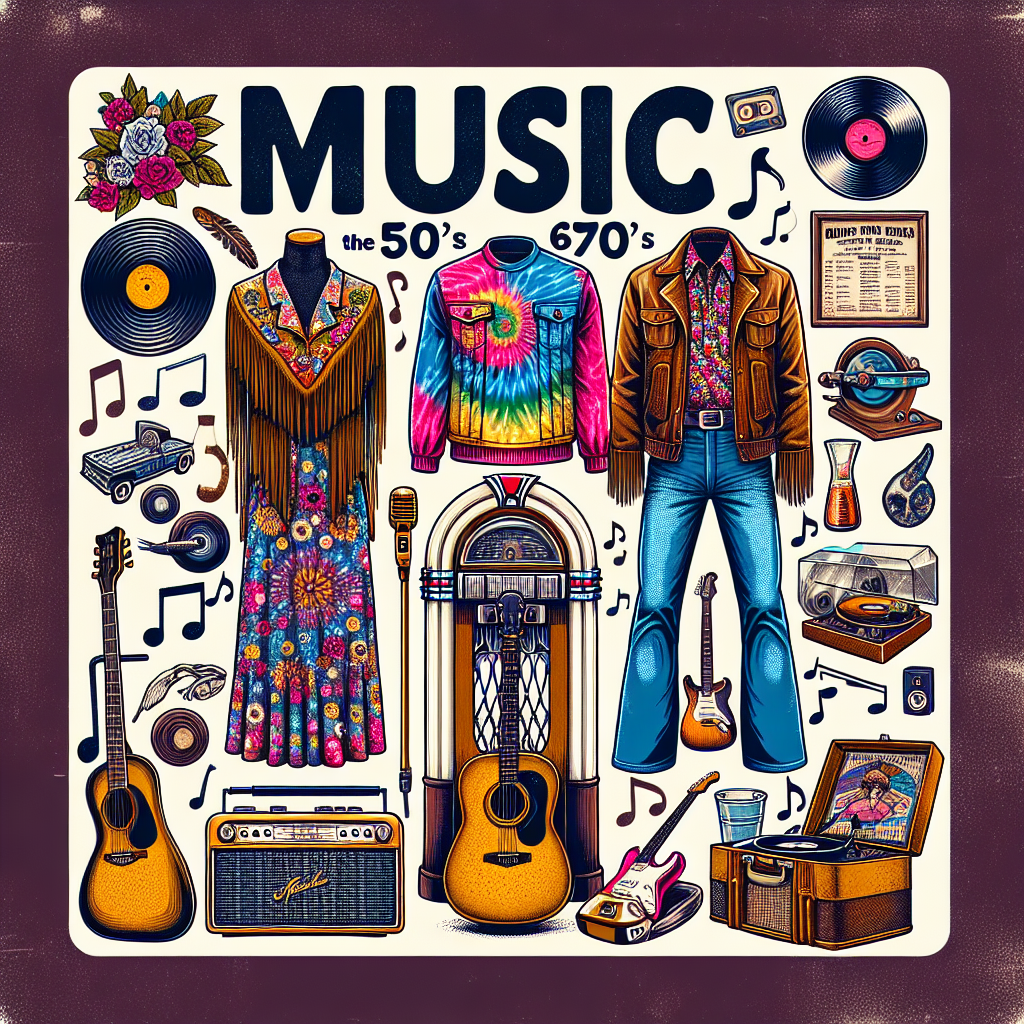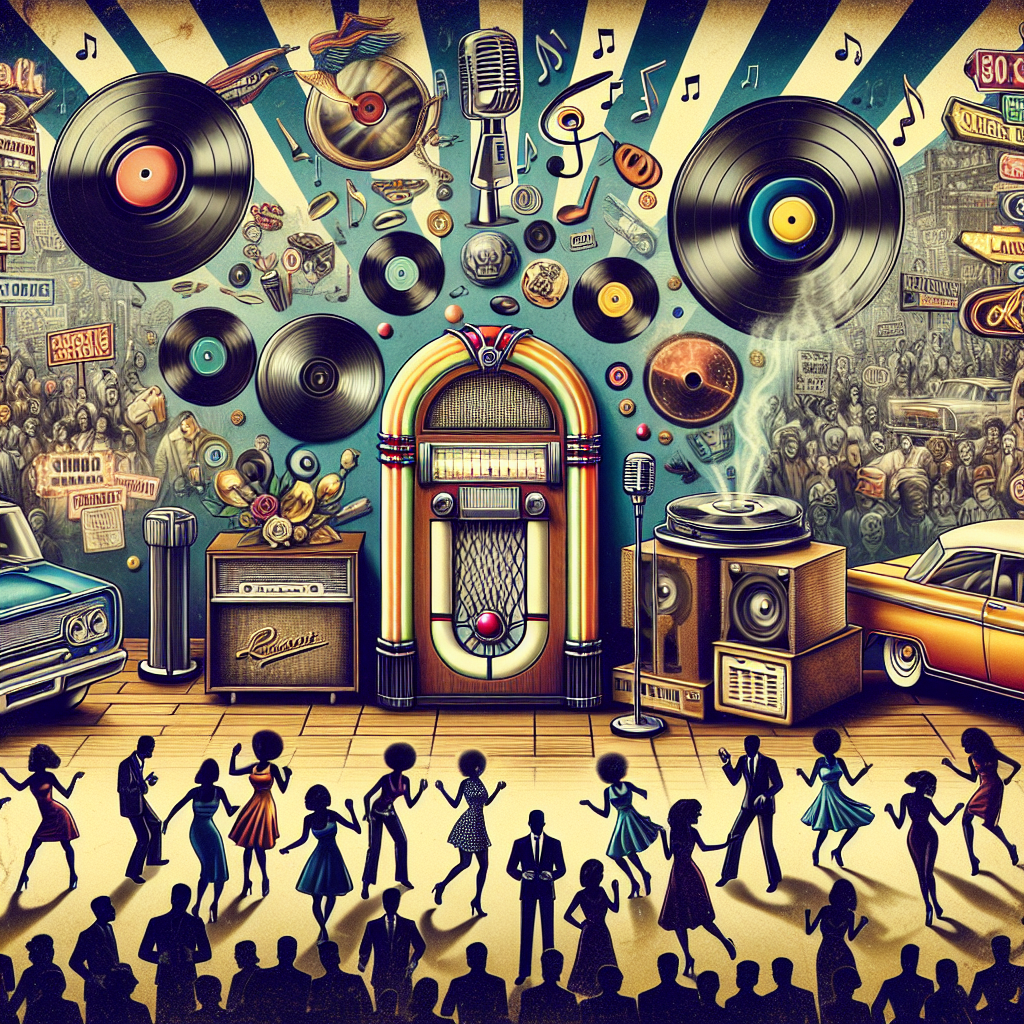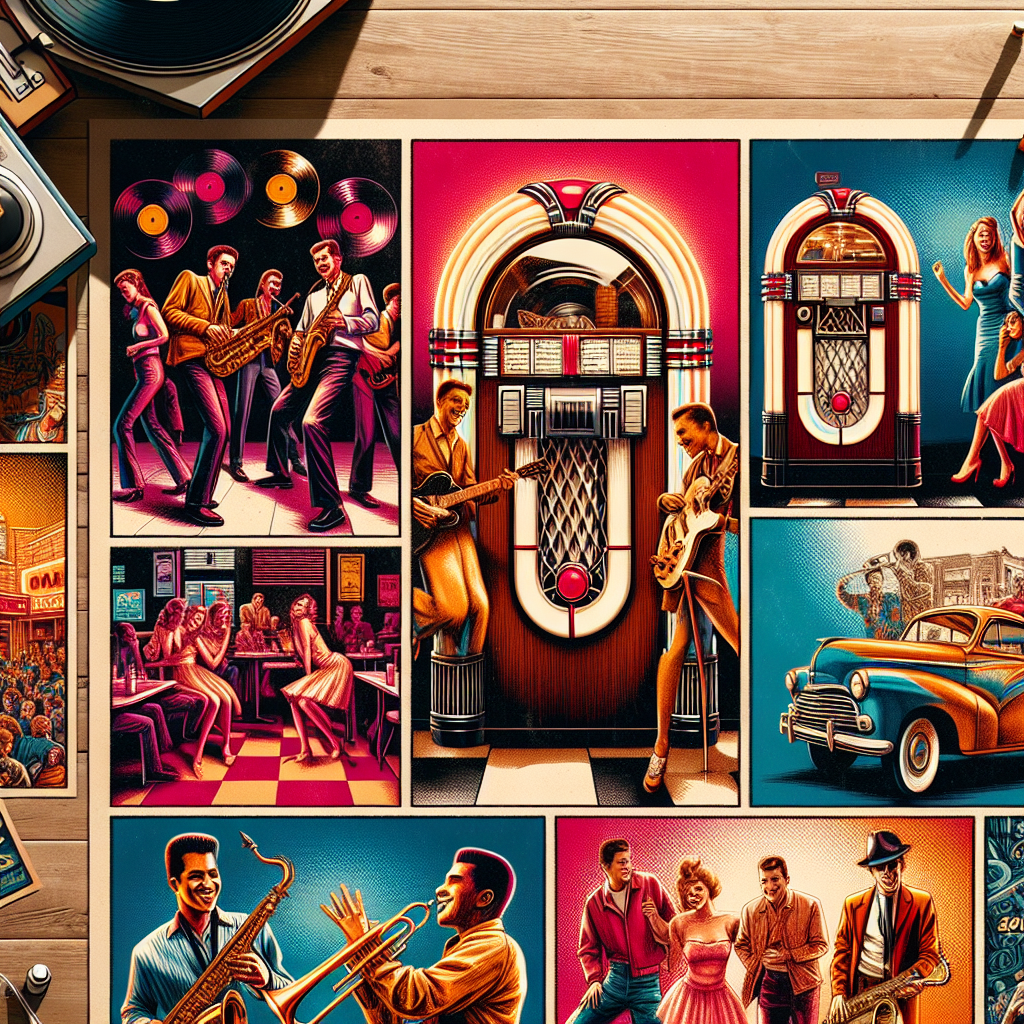Do you ever find yourself longing for the good old days of the 50’s, 60’s, and 70’s? A time when music was pure, culture was vibrant, politicians were respected, fashion was iconic, and technology was just starting to make its mark on society. Let’s take a trip down memory lane and revisit some of the top hits from these decades that still resonate with us today.
The Music
The music of the 50’s, 60’s, and 70’s is often considered the golden age of popular music. From doo-wop to rock ‘n’ roll to disco, these decades produced some of the most memorable songs in history. Artists like Elvis Presley, The Beatles, and Aretha Franklin dominated the charts and continue to influence musicians today. Their timeless hits like “Love Me Tender,” “Hey Jude,” and “Respect” are still beloved by fans young and old.
The Culture
The culture of these decades was rich with creativity and innovation. The civil rights movement in the 50’s and 60’s paved the way for greater equality and diversity in society. The counterculture movement of the 60’s challenged traditional norms and inspired a new generation to think outside the box. And the disco era of the 70’s brought people together on dance floors across the country.
The Politicians
In contrast to today’s divisive political climate, the politicians of the 50’s, 60’s, and 70’s were often seen as statesmen who put country above party. Leaders like John F. Kennedy, Martin Luther King Jr., and Ronald Reagan inspired hope and unity among Americans. Their words and actions continue to resonate with us today as we strive for a more perfect union.
The Fashion
Fashion in the 50’s, 60’s, and 70’s was all about making a statement. From poodle skirts to bell-bottoms to platform shoes, each decade had its own unique style that continues to influence fashion trends today. Icons like Audrey Hepburn, Twiggy, and Farrah Fawcett set the standard for glamour and sophistication that we still admire.
The Technology
While technology may not have been as advanced as it is today, the innovations of the 50’s, 60’s, and 70’s laid the foundation for our modern world. The invention of television brought news and entertainment into our homes like never before. The space race in the 60’s pushed boundaries beyond Earth’s atmosphere. And the introduction of personal computers in the 70’s revolutionized how we work and communicate.
In conclusion,
the top hits of the 50’s,
60’s,
and
70’s will always hold a special place in our hearts
as they remind us
of a time when music,
culture,
politicians,
fashion,
and technology were at their peak.
We can look back on these decades
with fondness
and nostalgia
for a simpler time
when life seemed
a little bit sweeter.
